(This blog is not for profit. All copyrighted images belong to their respective owners and are used for review. New to the blog? Start on the introduction.)
La Brea Woman Screenplay
SMASH CUT:
EXT. – OPEN FIELD – DAY
KWILA and her MOTHER stand on top of a hill facing opposite of the camera, surveying the field. Camera slowly pans over them, revealing thousands of animals herding together.
Cut to camera facing Kwila and her mother. Both are holding spears, and they continue to silently overview their surroundings.
POV of Kwila looking over her surroundings, the camera now closer to the animals so we can see them in slightly better detail.
EXTREME CLOSE UP of Kwila’s face, only her eyes and nose are visible to the camera. She squints her eyes to look toward the distance.
QUICK CUT: Two bison ramming their heads together, snorting and kicking up dirt. Only their heads and front legs are visible.
WIDE SHOT: The bison continue fighting, with their whole bodies and a few other members of the herd now visible to the camera.
EXTREME CLOSE UP of Kwila’s face, now we see her look slightly in a different direction.
QUICK CUT: Two elk ramming their antlers together in a similar fashion as the bison.
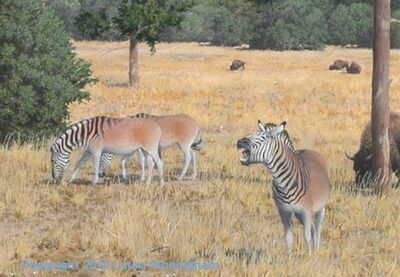
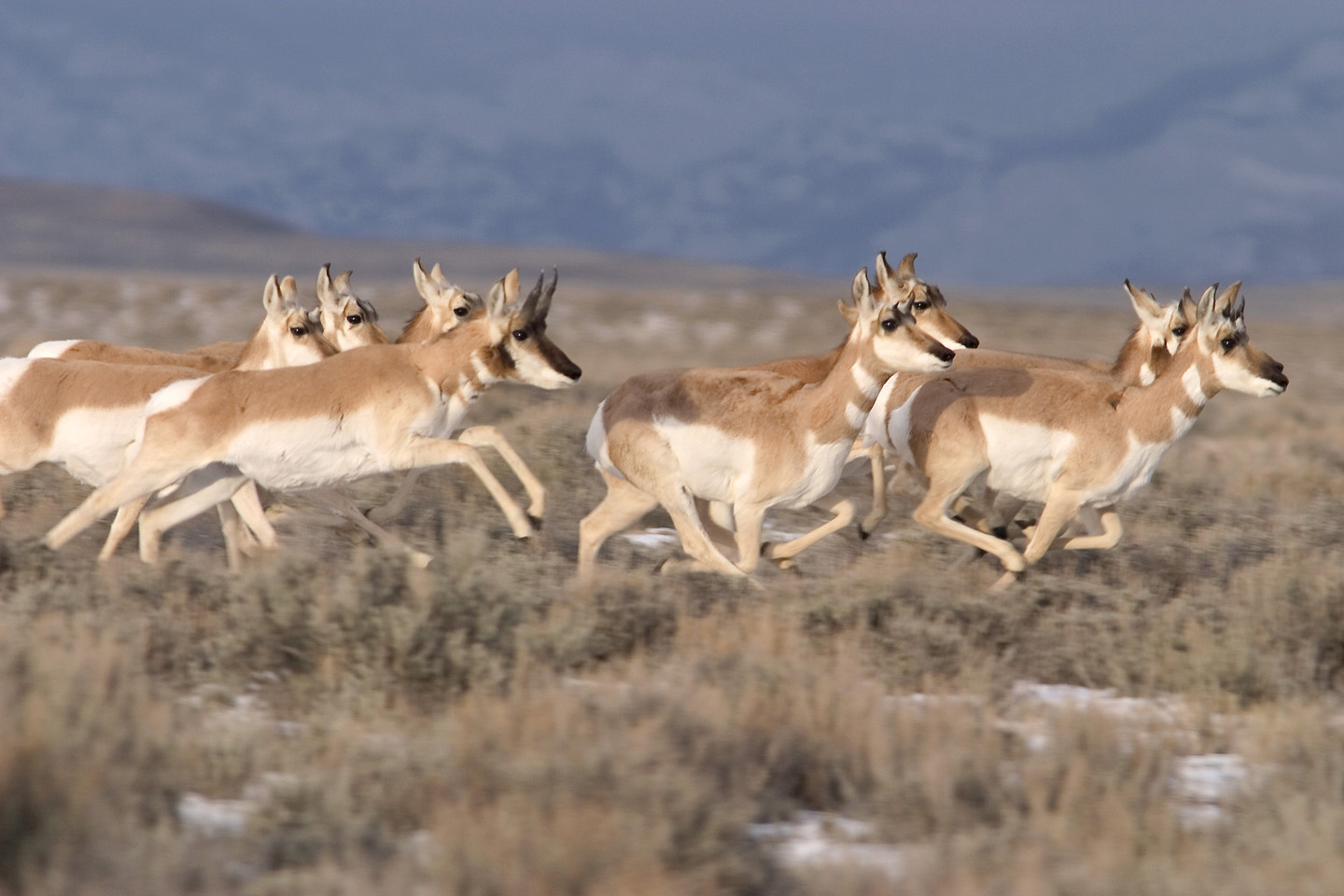
Cut to herds of striped horses and pronghorn antelope running across the field.
Cut to three mammoths slowly walking towards the camera, emitting a low rumbling growl as they walk. A baby slowly plods besides the lead mammoth.
Cut to Kwila’s mother, now looking toward her daughter.
MOTHER
Do you see anything?
KWILA
Not yet.
EXTREME CLOSE UP of Kwila’s eyes, now looking slightly upward.


Cut to a condor soaring overhead, leading to several other condors and vultures circling in the distance. Kwila points toward the direction of the circling birds.
KWILA
There. That’s where we need to go.
MOTHER
What do you see?
KWILA
Vultures, circling in the distance. But they haven’t reached the ground just yet. Something’s dead there, and it hasn’t been dead for long.
MOTHER
Fresh kill, maybe?
KWILA
Wolf, lion, bear, sabretooth, there could be anything over there. Or maybe something just died randomly. Either way, it’s the first chance we’ve had for a good meal in weeks. I think it’s worth a try.
MOTHER
It’s risky. We aren’t the only ones out there looking for fresh meat. It could be dangerous.
KWILA
What about this hasn’t been dangerous?
BEAT:
MOTHER
Well then, that settles it.

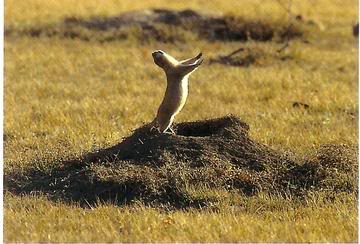
Cut to close up of prairie dog, standing upright at the base of his burrow. He gives little chirps in alarm, warning the other prairie dogs to take cover. Other animals take note of the prairie dog’s warning calls, and begin to act uneasily. We see Kwila and her mother walk through the field, in close proximity to the herds of animals. Their presence continues to put the animals on edge, but none of the creatures approach.
Cut to shot of a condor descending from the sky and landing on the ground adjacent to a large mammoth carcass. Several other condors and vultures have already begun to land. The air is filled with the screeches and hisses of the squabbling birds as they prepare to devour the carcass.
Kwila and her mother slowly approach the deceased animal. Kwila takes a closer look, examining the carcass. There seem to be no noticeable lacerations in the flesh, nor any other sign of predation.
KWILA
Strange, it doesn’t look like anything killed it.
MOTHER
No claw marks?
KWILA
No, nothing like that. This mammoth is really big, I doubt anything would be able to take it down without some sign of a fight. I think it was just really old.
MOTHER
Well, at least we don’t have to worry about stealing some beast’s kill. Still, no use staying here longer than we need to.
KWILA
Agreed.
Kwila takes out her knife and steps closer to the carcass. By this time the condors have begun to overwhelm the body. Kwila tries to shoo away the large birds. Some of the smaller vultures fly off, but the larger condors remain persistent.
KWILA
Mother?
MOTHER
I’m on it.
Kwila’s mother lashes her spear into the air, yelling as she does it.
MOTHER
AAH! AHH!
The condors start to back off, giving an opening for Kwila to retrieve some meat from the carcass. She takes out her blade once more, and begins cutting out chunks of meat from the thigh of the mammoth. She places the pieces of meat in a sack, and before long she finishes.
KWILA
I think I have enough, mother. (BEAT). Mother?
Kwila looks up at her mother, who is looking off into the distance at the opposite direction. Her body is tense and unnerved.
KWILA
Mother, what is it?
MOTHER
Shush. (Whispers) Look over there.
Kwila looks toward the direction her mother is facing.

Cut to blurred shot of grass in the field. Camera focuses to reveal two sabretooth tigers moving their direction from the distance. The smell of the carcass has attracted them.
Kwila looks to her mother, a worried expression covering her face.
KWILA
(Worried) Mother, what do we do?
MOTHER
Stay still, keep an eye on them. They’ve already spotted us, no use running. Hold your ground, prepare to do what you must.
Kwila firmly grasps her spear, her body shaking but standing firm regardless.
The sabretooths move within feet of Kwila and her mother, but stop before they get to close. The sabretooths don’t make a sound, they simply stand there staring down the humans in front of them. Kwila and her mother remain similarly still, watching for any sudden movement.
EXTREME CLOSE UP of mother’s face, eyes staring intensely.
EXTREME CLOSE UP of the sabretooth’s amber eyes, no emotion can be read on them.
KWILA
(Impatiently) Mother, what now?
MOTHER
Kwila, first—
Suddenly, Kwila’s mother is thrown violently out of frame. Camera pans to see land on the ground several feet away with a harsh thud. A deep roar is heard.

Kwila looks up and sees a large bear atop the carcass, growling at her. Panic flushes over her face.
Cut to the sabretooths, who have taken notice of the bear and begin roaring back at it. They start swiping their paws in the air and move forward more aggressively. The bear takes notice of the big cats and reverts his attention to the sabretooths.
Kwila takes this opportunity to run down to her injured mother, whom is still lying on the ground. She is conscious, but not moving.
KWILA
Mother, are you alright?
MOTHER
I…don’t think so.
Kwila looks down on her mother’s lower half. There appears to be a large chunk missing. Blood flows from her abdomen to the ground.
KWILA
Mother, you have to get up.
Kwila’s mother tries to get on her feet, but struggles.
MOTHER
I…don’t think I can.
KWILA
I don’t care! You’re coming with me. NOW!
Kwila helps her mother onto her feet, listening as she grimaces in pain. Her mother puts her weight on Kwila, and she supports her as they stumble away from the carcass. The sabretooth and bear continue to fight over the carcass.
EXT. – FOREST – DAY
Kwila places her mother down on a bedding of soft leaves. Her mother continues to cry out in pain; the cries get worse as time goes on.
KWILA
You see mother, we made it. We got away. It’s going to be alright.
MOTHER
Kwila, please. Do yourself a favor. Stop lying to yourself.
KWILA
No, mother. We got out of there. We’ll figure things out later but all that matters now is that we’re safe.
MOTHER
You can’t carry me everywhere we go. It’s no possible.
KWILA
I’m strong, I can do it.
MOTHER
Oh, I know you are, my daughter. That’s why I know you can make it out there. Without me.
KWILA
Mother, please. (Sobbing) Don’t talk like that.
MOTHER
Kwila, listen to me. You are more than you think you are, and I am less than you think I am. You can make it out there on your own. You don’t need me anymore. You can’t afford to have me anymore. You have a lifetime ahead of you, I’ve lived my life already. It’s either I die, or we both die. There’s no other way it ends. And you know it.
KWILA
Then I’ll die to.
MOTHER
Kwila, you don’t mean that. Listen to yourself. Listen to me. You are our tribe’s legacy, not me, not your father, not any man or boy. You, and you alone. Prove to the world why that is. Keeping a dead woman breathing and killing yourself isn’t going to do that. You surviving, no ties to anyone, will prove it.
KWILA
I can’t just leave you.
MOTHER
You can and you will.
Kwila’s mother begins to severely cough. Blood dribbles from her mouth. Her breathing gets increasingly shallow and wet.
KWILA
No, I’m staying here. You can’t stop me.
Kwila’s mother doesn’t respond. Kwila notices as her mother’s body goes limp, and the life seems to disappear from her expression. Her mother exhales one single breath, and then silenced. Her breathing has stopped, and her body is now completely still. It takes a moment for Kwila to realize that her mother has died.
Kwila lowers to the ground and sobs.
*******
My first attempt at writing a screenplay, I figured the cinematic feel that this particular story had lent itself to to this format quite nicely. I knew I wanted to at least attempt writing a screenplay before the class’ end, and i’m glad I was finally able to do it.
At this point in the story Kwila and her mother Yana (who I hadn’t figured out a name for in the writing of the first draft) have been surviving on their own for some time now. They have gotten somewhat used to taking care of themselves, but that doesn’t mean the burden of survival doesn’t get to them anymore. We also see that Kwila, although a very capable person in her own right, still somewhat relies on her mother being there to help her (or at least another body). You can see this when she asks for Yana’s help in fending of the condors; she feels that each task needs at least two people in order to pull it off successfully.
Personally, the hardest part for me about writing this screenplay was probably the dialogue. The reason why the first story I wrote for these characters had few spoken words was simply because I wasn’t exactly sure how I wanted to make these characters talk. I originally started the story thinking it would be entirely made up of Kwila’s thoughts, but I felt that framing device was too restrictive once I got to the action. Even then, I had a hard time articulating her thoughts in a way that I thought was believable. Obviously they’re not really speaking English, the story just translates for us the approximate meaning of what they’re saying in their original language into something we can understand. But even putting that into consideration, I still feared making their dialogue too ‘modern’. There was even a point where I felt that they shouldn’t say any words with more than a few syllables. Eventually, however, I felt that I had to get over this fear if I wanted to create characters the audience was going to care about. I decided I would make the dialogue somewhat modern but not in a way that was too distracting. I figured as long as I didn’t use any slang over overtly modern phrases than my audience probably wouldn’t mind. Besides, Disney’s Brother Bear got away with an Inuit character living in the last Ice Age saying the phrase ‘pinky swear’. I figured as long as I didn’t do anything quite that obvious, I should be fine.
While the last story mostly just talked about the different animals that inhabited Kwila’s world, this time we actually get to see them. I really wanted to make nature feel big; as if Kwila and Yana are among it’s smallest and most vulnerable inhabitants. I took inspiration from nature videos filmed on the African savanna, where scenes of several large species of megafauna congregating in large groups aren’t unheard of. Ice Age North America had a similar biodiversity, and I imagined seeing large herds of so many magnificent beasts would be an awe inspiring sight.

Some of the species I mentioned; such as elk, bison, and pronghorn antelope, still inhabit the plains of western North America today. However, their population back was quite larger, and in many cases the animals themselves were considerably bigger than they are today as well. There was even a breed of bison back then that had horns that would make a longhorn steer feel inadequate.

Imagine seeing that on the prairie.

However, other animals depicted aren’t nearly as familiar. The mammoths depicted in my story aren’t the famous woolly mammoths you’re probably thinking of. While during this time the Woolly Mammoth was living in the frozen tundra of the Yukon and Alaska, at the same time the Southwest was dominated by a different species: the Colombian Mammoth. The Colombian Mammoth, while related to the woolly mammoth, was actually bigger but a lot less hairy. Another species of elephant that lived in this area was the Mastodon, which biologically speaking was quite different from both the Colombian and the Woolly mammoth. It had different kids of teeth and was quite a bit smaller. It is thought that the mastodon lived in more forested areas while the mammoth preferred open plains.

The Colombian Mammoth and the Mastodon, two elephants of the American West.
The ‘striped horses’ mentioned in the script could refer to one of the many species of wild horses that roamed North America at the time, including the Western Horse, the Mexican Horse, or the American Zebra. Although we aren’t sure of exactly the coat pattern these animals had, many paleoartists like to portray them as at least somewhat striped like the African zebra, which is a look I myself enjoy.

Sabretooth tigers attacking one of these ‘striped horses’.

I went back and forth as to whether or not I wanted to add prairie dogs into the story, as these creatures aren’t found in the La Brea Tar Pits fossil beds. They are found, however, in several neighboring states such as Arizona, Utah and Texas. I figured that the story doesn’t necessarily have to take place in the area the La Brea tar pits hales from, as it could just take place in any random place in the American Southwest. Besides, these creatures have so much personality and are such an iconic part of the American prairie ecosystem that I just couldn’t leave them out.

The kinds of carrion birds that were attracted to the mammoth carcass I also tried to make distinct. The ‘smaller vultures’ mentioned refer to the turkey vulture, a bird that still exists today in large numbers and is probably America’s most common scavenger. However, during the Pleistocene, this bird had some stiff competition.

The condors mentioned in the story include both the California condor as well as the now extinct Teratornis. This large species of condor even dwarfed the California condor in size, making it one of the largest flying avians to ever exists.

When the sabretooth tigers arrive, this actually marks the first time Kwila has ever had to face this particular creature. I wanted to make sure that they’re arrival would be especially nerve racking. However, I didn’t want them to immediately attack roaring and growling. I wanted there to be a sort of stand off between them. By this point the tigers are aware of human’s existence, as sabretooths have been killed by people before. I imagine they would be a little unsure about the human’s presence as well. So instead of an all out attack, the tigers and the humans kind of size each other up, waiting for one or the other to make the next move. Still, it turns out the real danger is actually behind them.

Kwila’s mother is attacked and ultimately killed by a short faced bear, the largest predator in North America at the time. It, along with the sabretooths, was attracted by the smell of the dead mammoth carcass. Fallen animals usually attract predators and scavengers from miles around, and this sometimes causes conflict between the animals. Usually predator on predator conflict is rare, but when food is involved in an area with such a large carnivore density, interactions are bound to happen from time to time.
The story ends with the death of Yana, Kwila’s mother. At this point, Kwila’s journey truly begins, as she is now on her own in the truest sense of the word. This is the point where she has to overcome her weaknesses and struggles, and eventually becomes the strong and capable woman I imagine her to be.
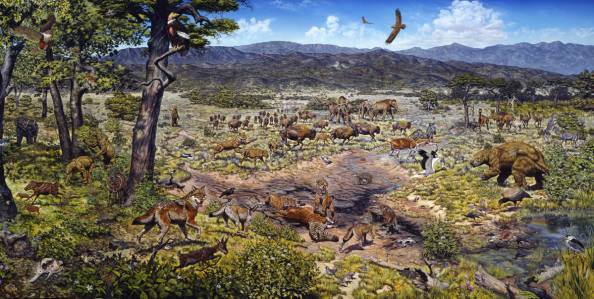
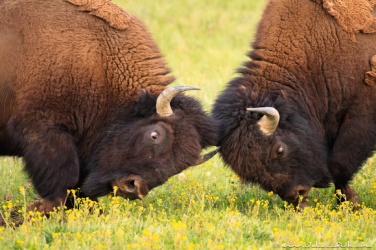
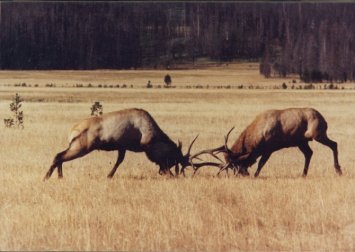
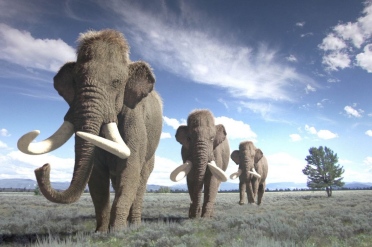
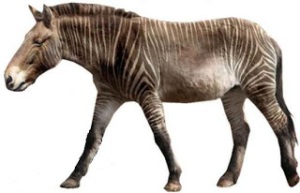
Wow, so much thought has been put into this. You have great talent in storytelling.
LikeLike